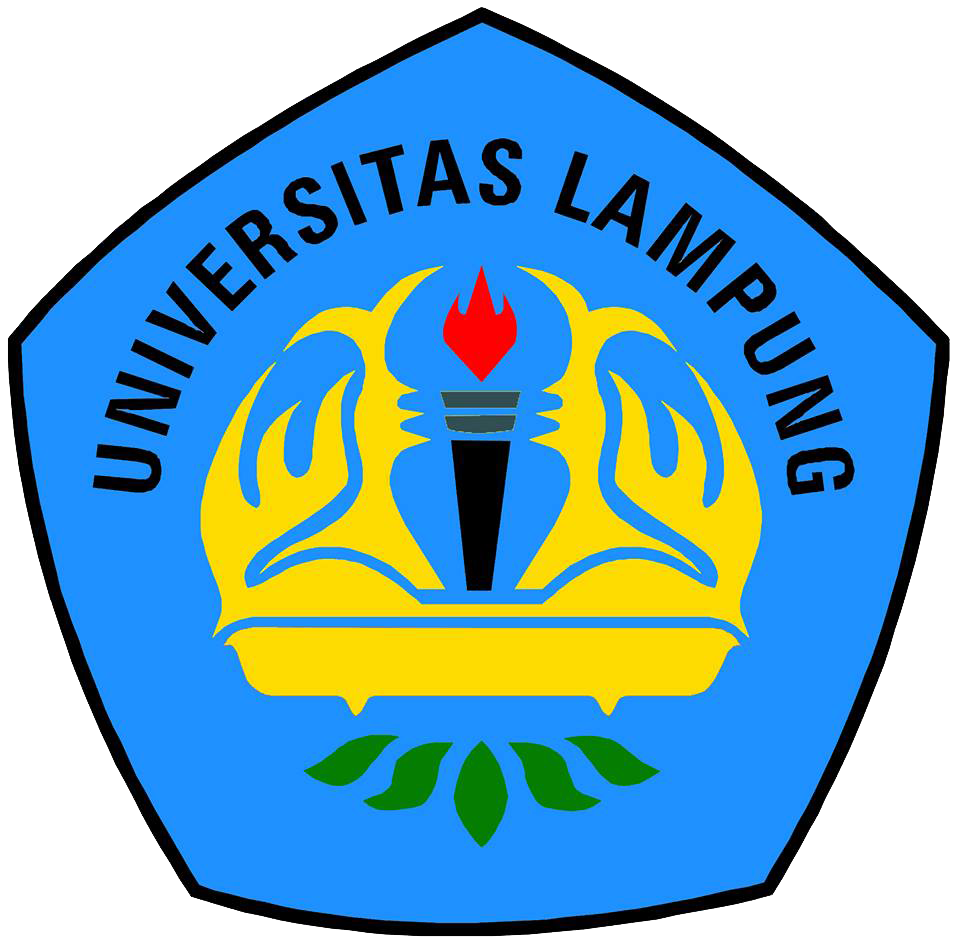Non-surgical Treatment for Recurrent Hemoptysis Due to a Pulmonary Aspergilloma: A Case Report
Adityo Wibowo, Tetra Arya Saputra
DOI:
https://doi.org/10.23960/jkunila.v9i1.pp91-96 Abstract View: 199
Abstract View: 199
Abstract
Aspergilloma is a distinct form of chronic pulmonary aspergillosis characterized by the formation of a fungal mass composed of living and dead Aspergillus hyphae, inflammatory cells, and tissue debris within preexisting lung cavities. The condition is predominantly caused by Aspergillus fumigatus. Aspergillomas are classified as simple or complex based on cavity wall thickness and surrounding lung parenchyma. Complex aspergillomas develop in thick-walled, fibrotic cavities and present with more severe symptoms, including hemoptysis, chest discomfort, and impaired respiratory function. Although spontaneous resolution occurs in less than 10% of cases, surgical intervention, such as segmentectomy or lobectomy, is indicated for recurrent or life-threatening hemoptysis. Non-surgical options, including antifungal therapy and bronchial artery embolization, may be considered for patients with contraindications to surgery or milder symptoms. Early recognition and appropriate management are essential to reduce morbidity and mortality associated with this potentially life-threatening condition.










